Introduction
In the vast realm of tea, white tea stands as a pristine and delicate gem, celebrated for its subtle flavors, minimal processing, and myriad health benefits. Unlike other tea types that undergo extensive oxidation or fermentation, white tea is harvested at its youngest stage, often from the tender buds and first few leaves of the Camellia sinensis plant. This early picking, coupled with minimal processing—typically just withering and drying—preserves the tea’s natural enzymes, antioxidants, and delicate aroma.
Brewing white tea correctly is crucial to unlocking its full potential. It requires a delicate balance of water temperature, steeping time, and tea-to-water ratio to ensure that each sip offers a harmonious blend of sweetness, freshness, and subtle floral notes. This comprehensive guide aims to demystify the process of brewing white tea, providing insights into the essentials of selecting, preparing, and enjoying this exquisite beverage.
Chapter 1: Understanding White Tea
1 Types of White Tea
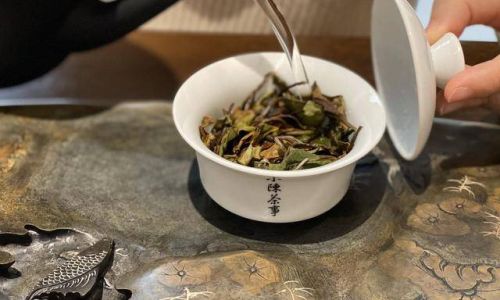
White tea is primarily categorized based on the region of origin and the specific variety of Camellia sinensis used. Some of the most renowned types include:
-
Silver Needle (Bai Hao Yin Zhen): Considered the crème de la crème of white teas, Silver Needle is made exclusively from the plump, silvery-white buds of the tea plant. Its brew is pale yellow, with a delicate, sweet, and slightly floral taste.
-
White Peony (Bai Mu Dan): This tea includes both buds and the first two leaves, resulting in a more robust flavor profile compared to Silver Needle. White Peony offers a balanced blend of sweetness and subtle vegetal notes.
-
贡眉 (Gong Mei) and 寿眉 (Shou Mei): These types are made from older leaves and buds, providing a darker brew with earthier, more robust flavors. They are often more affordable and offer a unique, robust tea experience.
2 Health Benefits
White tea boasts an impressive array of health benefits, thanks to its high concentration of antioxidants, particularly catechins and polyphenols. These compounds have been linked to various health perks, including:
- Antioxidant Protection: Helps combat oxidative stress, reducing the risk of chronic diseases.
- Cardiovascular Health: May lower blood pressure and improve cholesterol levels.
- Cancer Prevention: Antioxidants in white tea have shown potential in inhibiting the growth of cancer cells.
- Dental Health: Can help prevent cavities and reduce plaque formation.
- Weight Management: May aid in weight loss by boosting metabolism and fat oxidation.
Chapter 2: Selecting High-Quality White Tea
1 Freshness and Origin
When choosing white tea, prioritize freshness and origin. Look for teas harvested within the past year, as they retain the most vibrant flavors and aromas. The best white teas come from regions known for their ideal climate and soil conditions, such as Fujian Province in China.
2 Appearance and Aroma
Examine the tea leaves for their appearance. High-quality white tea should have a silvery-white or light green hue, with buds that are plump and intact. The aroma should be fresh, with hints of floral sweetness or subtle fruitiness.
3 Packaging
Proper storage is crucial for maintaining tea quality. Opt for airtight containers that protect against moisture, light, and oxygen. Vacuum-sealed or foil-wrapped packages are ideal, as they preserve the tea’s freshness and aroma.
Chapter 3: Preparing to Brew
1 Water Quality
The quality of water plays a pivotal role in brewing tea. Use fresh, cold water that is free from impurities. Filtered or bottled water is often preferable to tap water, which can contain chlorine or other chemicals that can affect the taste of the tea.
2 Water Temperature
White tea is delicate and should not be exposed to boiling water, which can scorch the leaves and release bitter flavors. The ideal water temperature for brewing white tea ranges between 160°F (71°C) and 185°F (85°C). This temperature range helps to extract the tea’s delicate flavors and aromas without overcooking the leaves.
3 Tea-to-Water Ratio
The ratio of tea to water is another critical factor. A general guideline is to use about 1 teaspoon of loose-leaf white tea per 6 ounces (175 milliliters) of water. Adjust this ratio based on personal preference for stronger or weaker tea.
Chapter 4: The Brewing Process
1 Preheating the Teapot or Cup
Before adding the tea leaves, preheat your teapot or cup with hot water. This step ensures that the brewing temperature remains consistent and helps to maintain the tea’s warmth throughout the brewing process.
2 Adding the Tea Leaves

Measure out the desired amount of tea leaves and place them in the preheated teapot or cup. If using loose-leaf tea, a tea infuser or strainer can be helpful to keep the leaves separate from the brew.
3 Pouring the Water
Pour the heated water over the tea leaves, ensuring that the water covers all the leaves evenly. Avoid pouring directly onto one spot, as this can cause uneven extraction.
4 Steeping Time
The steeping time for white tea varies depending on the type and personal preference. As a general rule:
- Silver Needle: 2-3 minutes for the first steep, gradually increasing to 4-5 minutes for subsequent steepings.
- White Peony: 3-4 minutes for the first steep, with subsequent steepings lasting up to 5 minutes.
- 贡眉 and 寿眉: 4-5 minutes for the first steep, and up to 6-7 minutes for subsequent steepings.
Remember, white tea can be steeped multiple times, with each steeping offering a slightly different flavor profile.
5 Adjusting for Taste
If the tea tastes too weak, increase the steeping time or use more tea leaves for the next brewing. Conversely, if it tastes too strong or bitter, reduce the steeping time or use fewer leaves. Experimentation is key to finding the perfect balance for your taste buds.
Chapter 5: Serving and Enjoying White Tea
1 Serving Temperature
White tea is best enjoyed at a moderate temperature, neither too hot nor too cold. Allow the tea to cool slightly after steeping before serving to avoid burning your lips or tongue.
2 Pairing with Food
White tea’s subtle flavors make it an excellent accompaniment to light meals or desserts. It pairs well with dishes that have delicate flavors, such as sushi, seafood, and light salads. For a more indulgent experience, try pairing white tea with delicate pastries or fruits like strawberries or peaches.
3 Appreciating the Aroma and Taste
Take a moment to appreciate the tea’s aroma before taking your first sip. Inhale deeply through the steam to experience its floral, fruity, or vegetal notes. As you sip, pay attention to the tea’s sweetness, mouthfeel, and aftertaste. Each variety of white tea offers a unique sensory experience, making each brewing session a delightful exploration.
Chapter 6: Storing White Tea
1 Proper Storage Conditions
To maintain the freshness and quality of your white tea, store it in an airtight container in a cool, dark place. Avoid exposure to direct sunlight, heat, and moisture, as these can degrade the tea’s flavors and aromas.
2 Long-Term Storage
For long-term storage, consider using vacuum-sealed bags or airtight cans lined with aluminum foil. These materials provide an additional layer of protection against oxygen and moisture, preserving the tea’s freshness for extended periods.
Conclusion
Brewing white tea is an art that combines precision, patience, and a deep appreciation for the tea’s natural beauty. By mastering the essentials of selection, preparation, and brewing, you can unlock the full potential of this delicate beverage, enjoying its subtle flavors, fresh aromas, and myriad health benefits. Whether you’re a seasoned tea enthusiast or a novice brewer, the journey of discovering the perfect cup of white tea is a rewarding and delightful experience. So, gather your ingredients, set your kettle to the right temperature, and embark on a sensory adventure that celebrates the purity and elegance of white tea.
This comprehensive guide covers every aspect of brewing white tea, from understanding its types and health benefits to selecting high-quality tea, preparing for brewing, mastering the brewing process, serving and enjoying the tea, and storing it properly. By following these guidelines, you can ensure that each cup of white tea you brew is a delightful and satisfying experience.
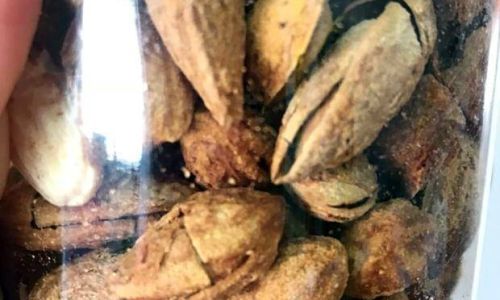
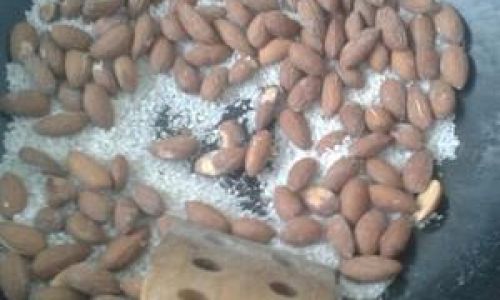
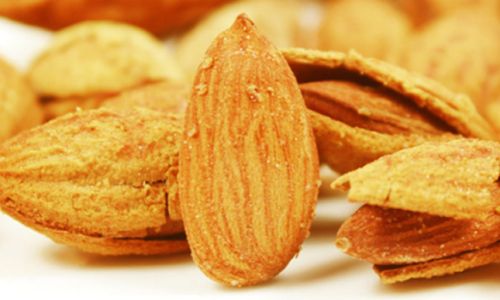
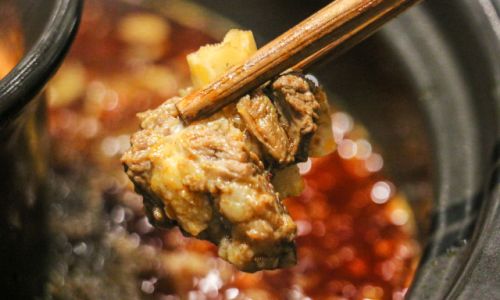
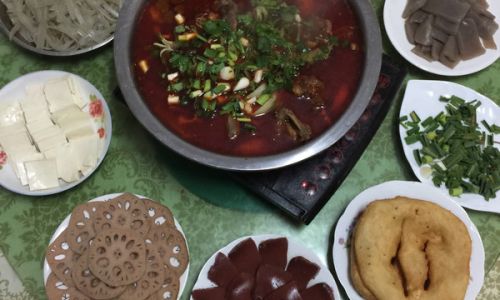
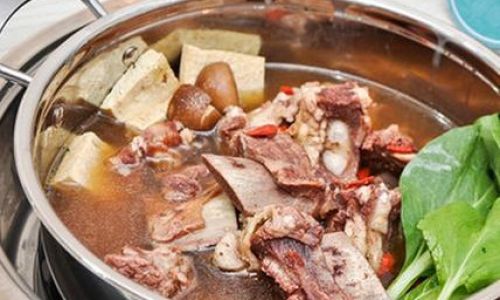
0 comments